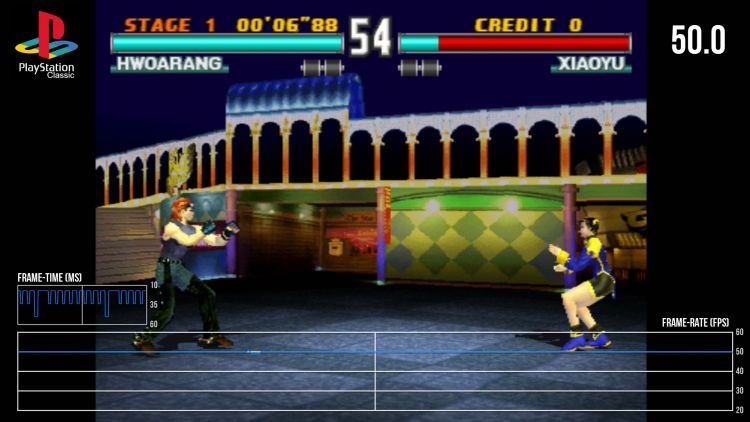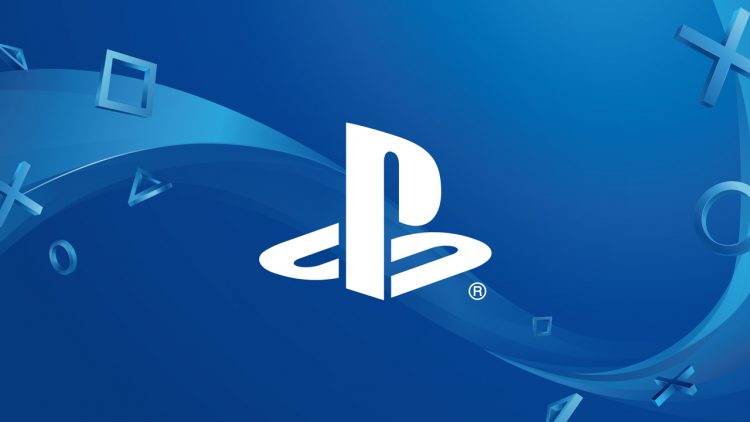The PlayStation Classic, announced earlier in the fall and is now available to gamers, was wildly anticipated upon its announcement, with a few members of The Outerhaven excited for the micro-console themselves. Then you had those like myself, who was extremely skeptical of the whole thing from the jump. I got the complete vibe that this was a complete smoke and mirror deal from Sony the minute that it was announced. Over the following weeks, as more information made its way through the press, one notion made itself undoubtedly clear: the PlayStation Classic is a half-assed attempt at appeasing the audience that longed for backward compatibility. This feeling isn’t without precedent, you see. Sony has done this many times in its gaming past, most notably within the PlayStation 3 and 4’s lifespan. More on this later.

What happened to “For the Players,” Sony? If one were to make a safe wager, it could be said that you’ve lost your way once it was a certainty that you took the 8th generation of video gaming by an absolute landslide. Either that, or it’s another case of Sony insulting the intelligence of their fanbase.
The PlayStation Classic, based on all the information at hand, has a myriad of issues, from the choice that was made to utilize an open source emulator as the base, to the game selection and amount, and even the fact that 45% of the titles – nine out of the twenty available – are on the old PAL 50Hz standard. It begs the question: Why, Sony, why? Let’s take a quick look at some of these issues with Sony’s retro offering.

Having nine of the titles, including Tekken 3, running on the PAL standard is a truly mind-boggling decision in and of itself. Considering that PAL, NTSC – and the French standard, SECAM – all correspond to analog video, for the most part, not having all the titles available at the 60hz standard for the digital output of the PlayStation Classic is a very poor design choice, quite the slap in the face. Even the decision to use the open source emulator PCSX-ReARMed can be looked at as detrimental to the intended purpose of the PlayStation Classic. Digital Foundry made it absolutely clear that none of the games run optimally, leading the savvy consumer to question whether or not to abandon their PlayStation 3, PSP or PlayStation Vita, all of which offer better emulation of PlayStation original titles. Eurogamer writer John Linneman made an excellent observation in his write-up of the retro machine: “the PlayStation Classic paints an overly negative picture of these games.” That’s not good at all.
Coming from a place where Sony, while providing excellent PlayStation emulation in the past, has essentially given gamers a giant middle finger with the gimping, removal, and outright denial of backward compatibility with the PlayStation 3 and 4. Their half-assed attempts to appease those who were bothered by these developments by either dismissing or offering sub-par ports of PlayStation 2 – their most successful piece of hardware – titles on both the PlayStation 3 and 4 haven’t gone unnoticed, but it appears that they haven’t truly learned from their mistakes. The PlayStation Classic is just another gaffe in a long history of mistakes without remedies in the future, considering that we know what Sony is capable of with their own hardware solutions.
Again, I ask: What happened to “This is for the Players?”


